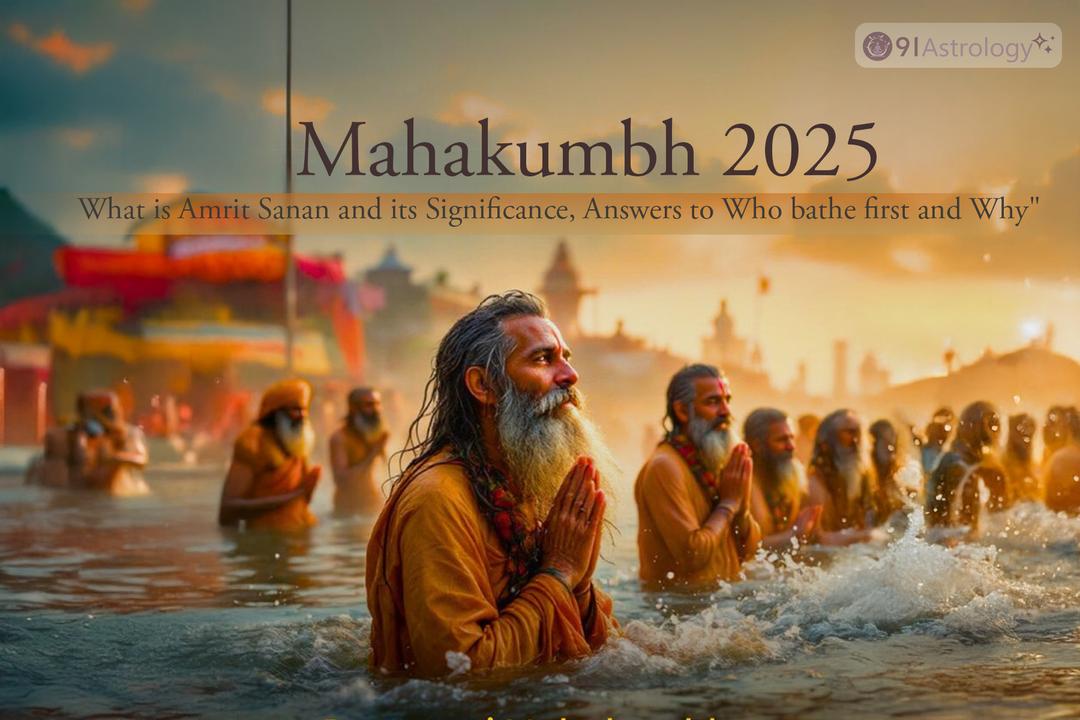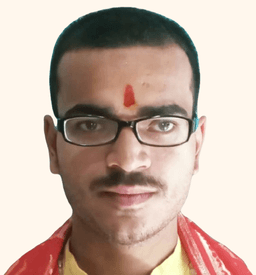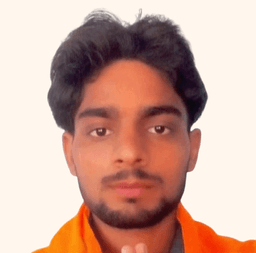Somnath Temple - First Jyotiringa Mandir of Lord Shiva, History, Reconsturction

Shiva, the Hindu god, is reverently represented by Jyotirlingam. "Jyotis" (meaning "radiance") and "linga" (meaning "sign") combine to form the term. Hinduism places great importance on the temple of Somnath. One of the most visited Hindu shrines, the town of Somnath, is said to have witnessed the emergence of the country’s first naturally formed jyotirlinga. There are 11 other very auspicious jyotirlingas in India: Mahakaleshwar, Kedarnath, Omkareshwar, Shrisailam, Trimbakeshwar, Rameshwaram, Vaidynath, Bhimashankar, Vishwanath, Nageshwara and Grishneswar.
The holy temple is located along the coastline in Prabhas Patan, Veraval, Saurashtra region of Gujarat. It is believed that Lord Chandra Dev Somraj constructed it himself. It is ranked first out of twelve Jyotirlingas. There is a description of the Somnath temple in the 13th Chapter of Shiv Puran. The Shiva Purana is one of eighteen major texts of the Purana genre of Sanskrit texts in Hinduism, a holi description of Shaivism and stories related to Lord Shiva and Parvati.
History of Somnath Temple
Stories of devotion, devastation, and tenacity are interwoven throughout the sacred temple’s history, which narrates the story of Indian spirituality and culture. It is believed that the original temple was constructed around 500 BCE, making it one of the oldest temples in India. Over time, various dynasties contributed to its construction and beautification.
The Temple has a complex and tumultuous history. Some claim that the original temple existed before the Christian era even began. Under the initiative of the Vallabhi ruler, the second iteration of the temple was constructed between 408 and 768 AD. Many people refer to this temple as the "eternal shrine" since historical accounts indicate that it has been repeatedly destroyed by invaders and then resurrected over time.
The temple has already undergone many reconstructions following repeated destruction by various Muslim kings and different invaders, most notably Mahmud Ghazni's invasion in January 1026. Turkish Rule Muhamad Gajnavi attacked the temple with around 5000 people, killed many, burnt the temple, and looted it. Thousands of people were killed who were devotees and priests during the time. Following this, Gujrat’s king Bhim and King of Malwa, Bhoj reconstructed the temple. And Temple gained his aura back.
After this, in 1299, when the Delhi Sultanate acquired Gujarat, one more attack was made on the temple. During that time, Nusrat Khan from Allaudin Khilji’s army attacked, destroyed, and looted the temple again. Then Hindu kings again reconstructed the temple, but it became like a series of attacks that the temple kept on facing. Later, a ruler named Kanhadadeva managed to recover the Somnath idol and free Hindu prisoners after battling the Delhi army near Jalore.
The third attack happened in 1395. Zafir Khan, the last governor of Gujarat under Delhi, attacked the temple, and later became the founder of the Gujarat Sultanate. In 1451, it was damaged by Mahmud Begada, the Sultan of Gujarat.
Reconstruction of Somnath Temple
On November 12, 1947, India's Deputy Prime Minister and Iron Man Vallabhbhai Patel visited Junagadh to help stabilize the area with the Indian Army and ordered the rebuilding of the Somnath temple.
The Somnath temple means more to Hindus than just a place of worship. For many, especially Hindu nationalists, it represents their heritage and sacred history. Its past raises important questions about tolerance and spiritual values, as well as being a symbol of past violence and foreign rule.
The efforts to rebuild the temple in the 1950s weren't just about restoring old architecture; they were about religious significance. The reconstruction symbolized a rejection of nearly a thousand years of Muslim rule and aimed to create a safe space for Hindus in post-partition India. On 11 May 1951, Dr. Rajendra Prasad, the President of India, performed the installation ceremony for the temple. Currently, the chairman of the trust is the Prime Minister of India.
Today, the reconstructed Somnath temple is a popular pilgrimage destination for Hindus in Gujarat. It is often visited alongside Dwarka and draws visitors from all over India.
Location and How To Reach Somnath Temple:
Somnath Temple is on the western coast of Gujarat, near the Arabian Sea. The coastal setting adds to the scenic beauty of the town. The nearest airport to Somnath temple is Diu (DIU). However, there are better options for getting to Somnath temple. Indian Railways operates a train from Bandra Terminus to Veraval once daily. Tickets cost ₹440 - ₹11,000 and the journey takes 17h 30m.
Spiritual Significance:
The temple draws pilgrims and tourists from all across India and the world because of its great spiritual significance to Hindus. In addition to its religious and historical significance, it is linked to several Hindu mythological tales and legends.
Aarti and Darshan:
The temple regularly provides devotees and guests with aarti (prayer rites) and darshan (deity gazing). The temple is surrounded by a calm and spiritually charged ambiance. The timing of aarti are: Morning = 7:00 am, 12:00 Noon, 7:00 pm. Light and Sound Show Timing is from 8:00 pm to 9:00 pm.
Sightseeing:
In addition to the temple, Somnath has several other sites to visit, such as the Prabhas Patan Museum, which displays artifacts from the area's past, the Triveni Sangam, which is the meeting point of three sacred rivers, and the Panch Pandav Gufa, which are caves connected to the Pandava brothers of the Mahabharata.
Famous Festivals:
Special festivals and religious events are celebrated with grandeur at the Somnath Temple, with the most prominent being Mahashivaratri, when thousands of devotees gather to worship Lord Shiva. Somnath Temple in Gujarat celebrates a large fair on the day of the full moon of Kartik Purnima during November-December. It is a 5-day fair.







.jpg&w=1080&q=75)










































































































